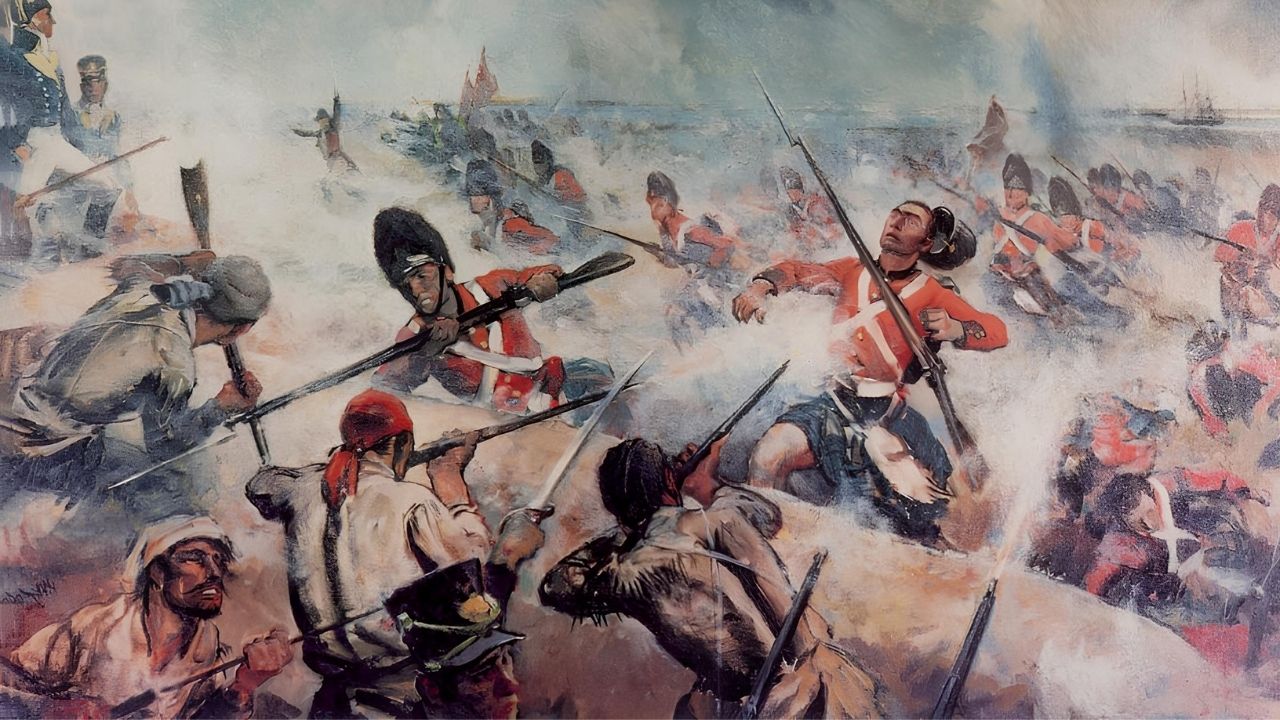
The Calderonista Invasion of Costa Rica is a significant event in Central American history. This conflict, which took place in 1955, saw exiled former President Rafael Ángel Calderón Guardia and his supporters attempt to overthrow the government of José Figueres Ferrer. Why did this invasion happen? Calderón sought to regain power after losing influence following the Costa Rican Civil War in 1948. His forces, backed by Nicaraguan dictator Anastasio Somoza García, aimed to destabilize the Figueres administration. What was the outcome? The invasion ultimately failed, solidifying Figueres' position and leading to stronger democratic institutions in Costa Rica. This event highlighted the region's political tensions and the resilience of Costa Rican democracy.
Key Takeaways:
- The Calderonista Invasion of Costa Rica in 1955, led by exiled President Calderón, tested Costa Rica's democracy and highlighted the importance of peaceful resolution in international conflicts.
- The invasion's failure reinforced Costa Rica's commitment to peace and democracy, shaping its history and serving as a pivotal moment in the nation's development.
Calderonista Invasion Of Costa Rica: A Historical Overview
The Calderonista Invasion of Costa Rica is a significant event in Central American history. This invasion, led by exiled Costa Rican President Rafael Ángel Calderón Guardia, aimed to overthrow the government of President José Figueres Ferrer. Here are some intriguing facts about this historical event.
-
The invasion took place in 1955, just a few years after the end of the Costa Rican Civil War in 1948.
-
Rafael Ángel Calderón Guardia, the leader of the invasion, had previously served as President of Costa Rica from 1940 to 1944.
-
The invasion was primarily launched from Nicaragua, where Calderón had sought refuge after being exiled.
-
Calderón's forces consisted of a mix of Costa Rican exiles, Nicaraguan soldiers, and other Central American mercenaries.
-
The invasion force was estimated to be around 700 men, a relatively small number compared to the Costa Rican military.
Key Players Involved
Understanding the key players involved in the Calderonista Invasion provides insight into the motivations and dynamics of the conflict.
-
José Figueres Ferrer, the sitting President of Costa Rica, had previously led the forces that defeated Calderón in the 1948 Civil War.
-
Anastasio Somoza García, the dictator of Nicaragua, supported Calderón's invasion, providing logistical and military assistance.
-
The Organization of American States (OAS) played a role in mediating the conflict and preventing further escalation.
-
The United States, while not directly involved, kept a close watch on the situation due to its interests in maintaining stability in the region.
-
Many of Calderón's supporters were former members of his government and military, loyal to his vision for Costa Rica.
The Course of the Invasion
The invasion unfolded over several weeks, marked by key battles and strategic maneuvers.
-
The invasion began on January 11, 1955, with Calderón's forces crossing the border into Costa Rica.
-
Initial skirmishes took place in the northern part of Costa Rica, near the border with Nicaragua.
-
The Costa Rican government quickly mobilized its military and civilian militias to repel the invaders.
-
One of the major battles occurred in the town of La Cruz, where Calderón's forces faced stiff resistance.
-
Despite initial successes, Calderón's forces struggled with supply issues and lack of local support.
International Reactions and Consequences
The Calderonista Invasion had significant international repercussions, influencing regional politics and diplomacy.
-
The OAS quickly condemned the invasion and called for a ceasefire, emphasizing the need for peaceful resolution.
-
Nicaragua faced diplomatic pressure from other Latin American countries to withdraw its support for Calderón.
-
The invasion highlighted the fragility of post-war Costa Rican democracy and the ongoing tensions in Central America.
-
Costa Rica's successful defense of its sovereignty bolstered its reputation as a stable and peaceful nation in the region.
-
The failure of the invasion led to Calderón's further isolation and diminished political influence.
Legacy of the Calderonista Invasion
The legacy of the Calderonista Invasion continues to shape Costa Rican history and politics.
-
The invasion reinforced the importance of civilian control over the military in Costa Rica.
-
It also underscored the need for strong democratic institutions to prevent future conflicts.
-
The event is remembered as a testament to Costa Rica's commitment to peace and democracy.
-
The invasion is often studied in Costa Rican schools as a pivotal moment in the nation's history.
-
The Calderonista Invasion remains a symbol of the challenges and resilience of Costa Rican democracy.
The Final Stand
The Calderonista Invasion of Costa Rica remains a pivotal chapter in Central American history. This event, marked by political turmoil and military conflict, shaped the nation's future. Understanding these 25 facts gives a clearer picture of the struggles and resilience of Costa Rica during this period. From the motivations behind the invasion to the key figures involved, each detail adds depth to our comprehension of this historical event.
Learning about the Calderonista Invasion not only enriches our knowledge of Costa Rican history but also highlights the broader implications for regional politics. By examining these facts, we gain insight into the complexities of power, resistance, and national identity. This historical episode serves as a reminder of the enduring spirit of Costa Rica and its people.
Frequently Asked Questions
Was this page helpful?
Our commitment to delivering trustworthy and engaging content is at the heart of what we do. Each fact on our site is contributed by real users like you, bringing a wealth of diverse insights and information. To ensure the highest standards of accuracy and reliability, our dedicated editors meticulously review each submission. This process guarantees that the facts we share are not only fascinating but also credible. Trust in our commitment to quality and authenticity as you explore and learn with us.
